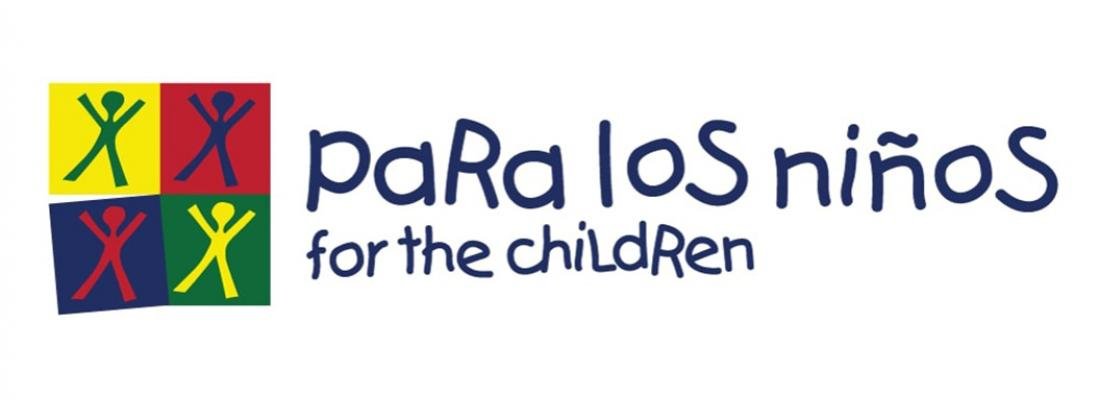
Los Angeles, CA
United States
Responded to gaps in Los Angeles’s COVID-19 response and recovery services with a network of service providers to improve family well-being.
In Los Angeles County, health and human services have historically failed to deliver opportunities and resources to communities that need them. Since 2009, Para Los Niños (PLN) has supported the Best Start Metro LA- a place based parent-led initiative that serves BIPOC (Black, Indigenous, and People of Color) and immigrant communities with low incomes to launch a systems change community agenda. In response to COVID-19, PLN expanded this effort and launched a resource distribution network consisting of trusted partners to create additional access points for families. Through this project, PLN identified existing gaps in local pandemic response systems and tested whether a network of service providers with a strong history of serving communities in a 500-block catchment area could enhance recovery efforts.
To collect data, PLN surveyed residents and partner organizations to assess the impact the resource distribution pilot has on family well-being, food insecurity, housing insecurity, transportation gaps, and mental health. These surveys were administered at service distribution points and supplemented with qualitative interviews, surfacing detailed information on residents’ needs, and access to resources. The research team, which included resident leaders, also used secondary data, including the USC Sol Price Center for Social Innovation’s interactive Neighborhood Data for Social Change mapping platform, to provide context on how local systems have been supporting the community before and during the pandemic. Along with traditional methods, the survey data was analyzed in a reflective sense-making process, led by community leaders, whereby residents, partner organizations, and the research team examined the connection between data collected and people’s lived experiences.
Together this qualitative and quantitative data formed the foundation of “Driving Equity and Justice Community Bill of Human Rights,” (available in English and in Spanish) a long-term advocacy and policy agenda. The community bill of human rights document was created from discussion in the sense-making process about how to respond to the issues highlighted in the data. The document focuses on ten domains, including digital inclusion, housing, education, and transportation. PLN shared their Community Bill of Human Rights in a community-led townhall where they were joined by over 500 residents, community-based organizations, elected officials and philanthropic leaders to:
- Learn about the COVID‐19 response and recovery efforts led by the Best Start Region 1 Distribution Hub Network;
- Hear from experts in the fields most impacted by COVID‐19, in a panel moderated by Mayra E. Alvarez, The Children’s Partnership and Biden-Harris Administration COVID-19 Health Equity Task Force member;
- Be introduced to the Driving Equity and Justice Community Bill of Human Rights developed by residents in partnership with community‐based organizations;
- Participate in workshops introducing the elements of the process to develop the Community Bill of Human Rights;
- Learn how to sign on to the Community Bill of Human Rights and get involved in the Partnership's implementation.